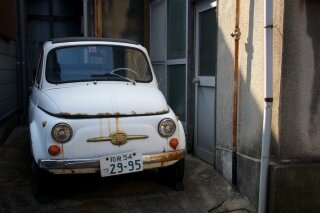
Many people ask if Japanese drive European cars? Well of course they do!


Many people ask if Japanese drive European cars? Well of course they do!

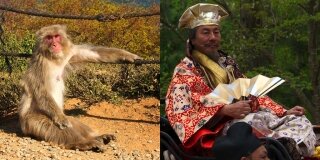
Toyotomi Hideyoshi was nicknamed “monkey” in his youth for either his appearance or physical agility. When he became the most powerful man in 16th century Japan, nobody dared to call him this way anymore. But I think there still were reasons to do so. 

Believe it or not, these two photos were taken on two consecutive days. One in Arashiyama Monkey Park, the other during cherry blossom festival in Daigo-ji Temple in Kyoto.

It seems three weeks after my warning, sakura season is finally over for most places in Kansai.
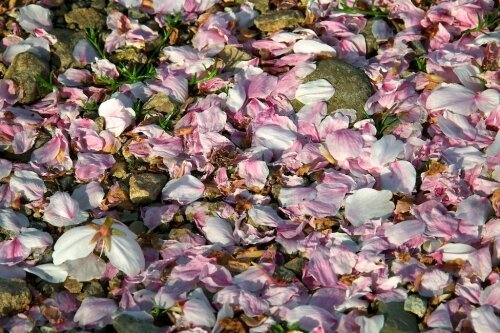
Otsukaresamadeshita! 
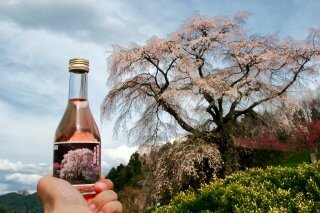
Another indispensable thing for a good hanami party is Japanese sake.
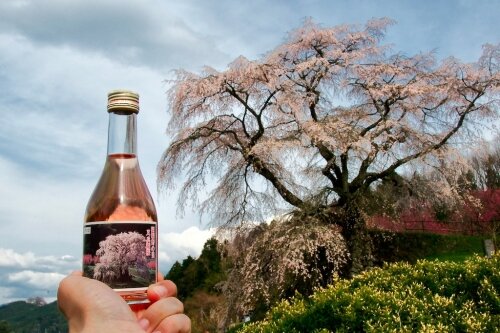
This tree is the famous over 300-year old Matabee Sakura (又兵衛桜) in Uda City in Nara prefecture. Unusual color of this type comes from the kodaimai old-style rice.
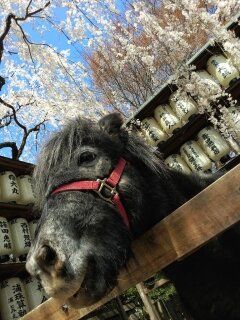
Hanami is about enjoying a good company rather than just flower viewing 😉


Japanese streets will never stop surprising me. Recently this car stopped at the pedestrian crossing in Kyoto.
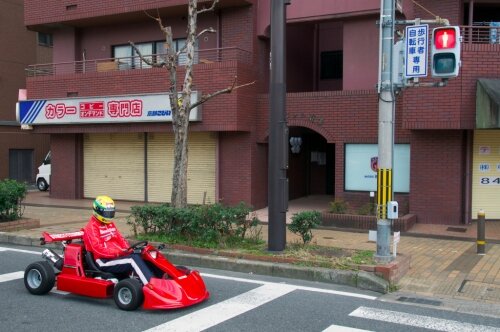
I wonder, is it legal to drive such vehicles on public streets in Japan?
Update
Another place in Kyoto, another time and the answer to my question is: yes, it seems to be perfectly legal. Go-kart is registered with blue license plate which according to this wikipedia article classifies it as a microcar (micro it really is).
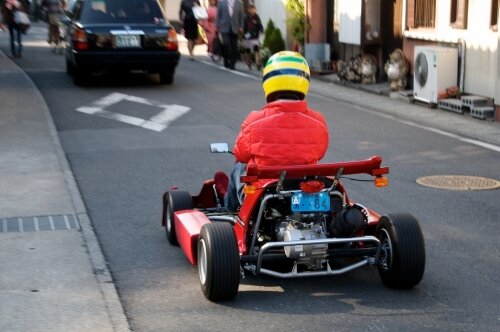

Soon these lovely looking buds will turn into ugly, pinkish flowers and everyone will put their photos on Facebook, Twitter and Google+. Disaster is imminent!
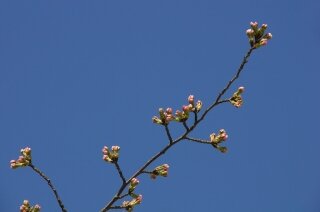
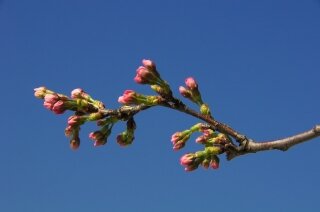

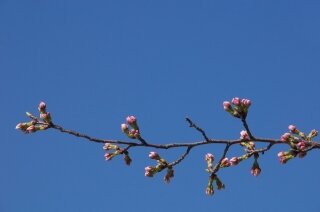

Today is the birthday anniversary of Honda Heihachiro Tadakatsu – general of Tokugawa Ieyasu.
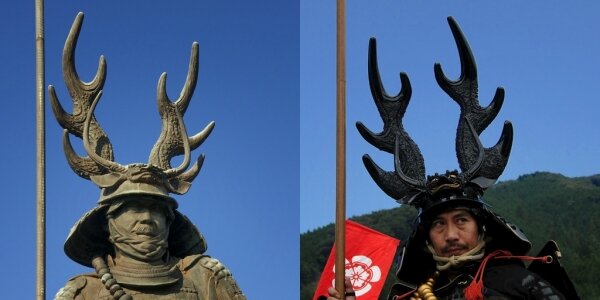
The left part is Honda’s statue from Kuwana City, the right part was taken in 2010 during Battle of Sekigahara re-enactment. And I have not been to Kuwana until 2012.
I wonder if this person had anticipated the satisfaction I had when compared these two photos.
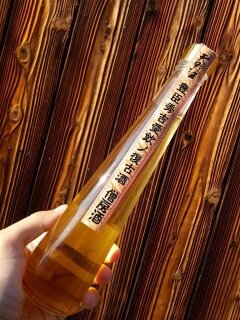
From 7th to 9th century Japan sent nineteen missions to China with an objective to acquire knowledge in the fields of religion, economy, medicine, and technology. Many of the students were young priests and while the missions were state-sponsored not all students revealed all their knowledge to the government. Instead kept most important secrets inside their temples.
One of them were the techniques to produce a good alcohol:

General concepts for brewing “rice wine” were more or less a common knowledge in the old Japan, but they usually produced a muddy liquid often with unpleasant smell. At those times alcohol was brewed either by government-controlled breweries or temples. The latter was called soboshu (僧坊酒) and thanks to the secret recipes, these liquors were superior to others.
Kongo-ji temple in Kawachi what is now southern Osaka Prefecture had refined its brewing techniques so that their sake called “Amanosake” became known as the best in whole Japan. It produced a clear, gold liquid with distinctive taste, especially cherished by high-ranked nobles and warriors.
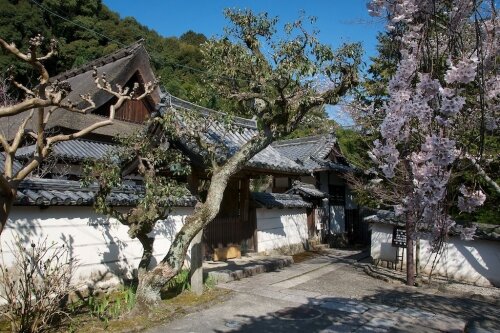
When warlord Oda Nobunaga and his successor Toyotomi Hideyoshi set on his conquest to subjugate all Japan, the abbot of Kongo-ji was clever enough to donate the sake to the powerful generals.
Thanks to that Kongo-ji not only survived the times when all other temples around were burnt to the ground, but also thrived economically. The temple to this day keeps a personally stamped letter from Toyotomi Hideyshi asking them to be prepared for orders from him.
Indeed the big order came in 1598 for a big hanami (cherry blossom viewing) party held in Daigo-ji temple in Kyoto by Hideyoshi. And it was really big – 1300 people attended this event organized by unquestionable ruler at that time.
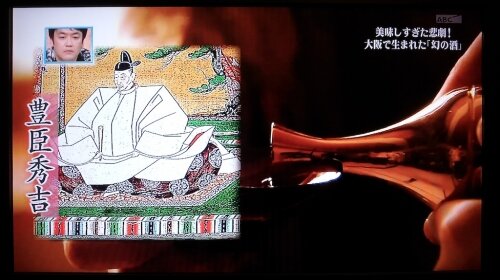
Later technology and government orders caused a shift in sake brewing to the merchant class. Kongo-ji lost its importance as a brewery and “Amanosake” produced by the temple became only a legendary sake.
About 20 years ago, local sake brewery in Kawachi Nagano reproduced the old recipes preserved in Kongo-ji to reproduce the taste so much cherished by Toyotomi Hideyoshi.
This contemporary sake is also called “Amanosake Soboshu” (天野酒 僧坊酒) and has a tagline “reproducing the taste of sake beloved by Toyotomi Hireyoshi”. It has a beautiful gold color and is rather sweet with nutty aftertaste definitely worth a try, if you ever have chance to…

One of marketing terms used to drive the interest in this alcohol was maboroshi no sake (幻の酒). Roughly translated as legendary or phantom sake that no longer exists.
In February this year this “legendary” sake lived up to its name. ABC TV broadcasted an evening show with the–above story. In an hour after the program was shown, the–brewery servers went down under the load of orders. Within a day all stock was sold out and legendary sake is now a true legendary sake for those who were late.
Good news is that the next jar of the sake is now being brewed, but will it last for long?
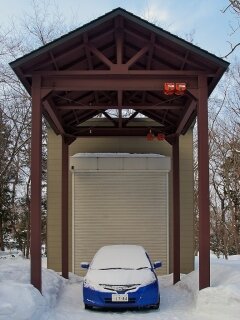
Due to an ongoing crisis, lost decades and shrinking population, Japanese buy even smaller cars these days…
